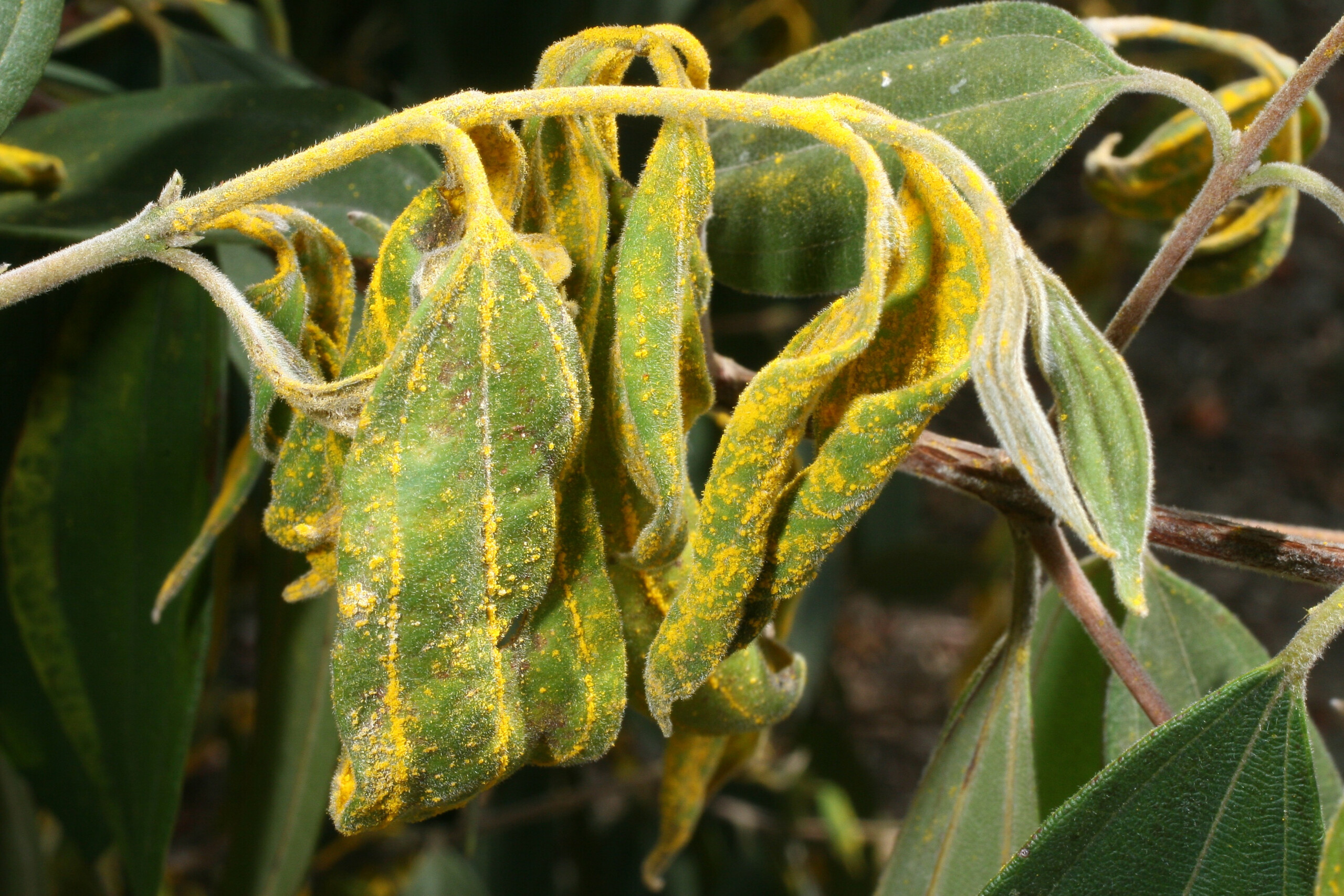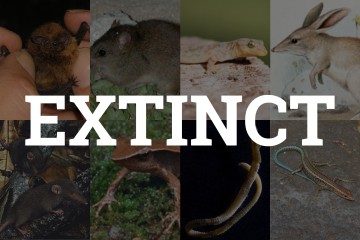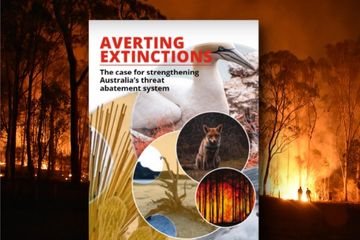The Invasive Species Council submission to the inquiry into Australia’s faunal extinction crisis conducted by the Senate Environment and Communications References Committee.
In the submission, four main issues are addressed:
- invasive species as a dominant cause of faunal decline and extinction – of greatest relevance to ToR (d);
- key threatening processes (KTPs) and threat abatement plans (TAPs) as an essential approach to conserving threatened fauna – of greatest relevance to ToRs (d), (h), (i);
- islands as sites of extremely high vulnerability for faunal extinction, particularly due to invasive species, and as opportunities for protecting threatened fauna – of greatest relevant to ToRs (d), (l); and
- the importance of ambition, inspiration, monitoring, prevention and appropriate institutions – of greatest relevant to ToRs (i), (l).
These issues warrant a concerted focus by the committee, for they go to the heart of why Australia is failing to stop animal extinctions and reverse declines.
Unless harmful invasive species can be prevented, eradicated or controlled, unless the key threatening process (KTP) and threat abatement plan (TAP) functions under the Environment Protection and Biodiversity Conservation (EPBC) Act are used effectively, and unless islands have stronger biosecurity, it is inevitable that threatened fauna will continue to decline and go extinct and that more fauna will become threatened.
The submission includes four attachments. Each can be downloaded individual by following the link for each document.
- Invasive species: a leading threat to Australia’s wildlife (Low 2017)
- KTPs & TAPS: Australia’s failure to abate threats to biodiversity (ISC 2018)
- Norfolk Island: protecting an ocean jewel. Recommendations for stronger biosecurity for the Norfolk Island group (ISC & IC 2017)
- Learning from loss (Woinarski 2017, published in Wildlife Australia)
The Senate inquiry submission without the attachments, can be downloaded here. The full submission, including the four attachments, can be accessed by clicking on the ‘download’ link.









